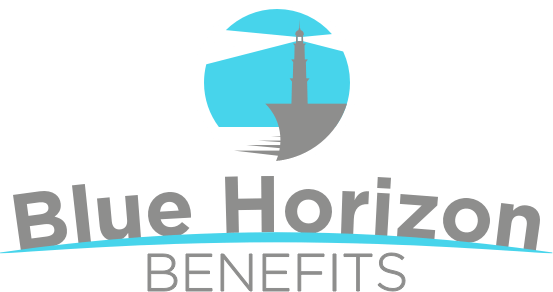Is Health Plan Self-Funding Right for Your Firm?
As group health costs continue climbing and more employees struggle with the cost of premiums and out-of-pocket expenses, some employers are starting to take a second look at self-funded, or partially self-funded plans.
These plans give employers more skin in the game and the ability to better address cost drivers and tailor their offerings to fit the needs of their employees.
But while the plans can save both employer and their workers money, they are not for every organization. Plus, there is a degree of risk as a few serious health issues among group participants can blow open claims costs.
Small employer considerations
While medium-sized and large organization are more apt to self-fund due to their resources, 21% of employers with three to 199 plan participants were self-funded in 2021, according to a study by the Kaiser Family Foundation. That’s compared to employers with:
- 200 to 999 plan participants: 63%
- 1,000 to 4,999 plan participants: 86%
- 5,000 and more plan participants: 87%
Recently, insurers have been trying to address small and mid-sized employers’ concerns about risk and costs by rolling out “level-funded” plans. These vehicles provide a lower level of self-funding with a stop-loss insurance program that has lower attachment points than typical plans.
For level-funded plans, the insurer estimates the employer’s expected monthly expenses, which include:
- A portion of the estimated annual cost for benefits,
- The stop-loss protection premium, and
- An administrative fee.
The employer pays the above to the insurer every month. If, at the end of the year, claims were significantly higher or lower than expected, there will be financial reconciliation between the employer and the carrier.
These level-funded plans differ from fully self-funded plans, where the employer assumes direct financial responsibility for the costs of enrollees’ medical claims. The employer will usually contract with a third party administrator or insurer to handle claims and provide administrative services for the plan.
Employers may purchase stop-loss coverage to protect against catastrophic claims.
Stop-loss basics
While these plans are called self-funded, there is still a portion of the costs that is insured to protect against catastrophic claims or unexpectedly high utilization.
There are different types of stop-loss insurance that pay the cost of claims at a certain attachment point, when plan, individual or claims spending exceeds a designated value:
Specific stop-loss coverage — This policy provides protection for the employer against a high claim on any one individual. This is protection against abnormal severity of a single claim, rather than abnormal frequency of claims in total.
Aggregate stop-loss coverage — This policy may limit the total amount the plan sponsor must pay for all claims over the plan year.
The benefits
Customization — Self-funded plans let employers customize their plan to meet the needs of their workforce.
Cost control — Self-funded plans only pay the actual costs, as opposed to fully insured plans where the premium goes towards the expected health care costs the insurer has forecast, plus its overhead, reserves, profit margin, and more.
Access to claims data — The employer gets detailed access to claims costs, so they can see what claims are driving costs. By looking at claims and plan participant needs, the employer can better decide which benefits to provide, enhance or remove if they are not being used.
Disadvantages
Compliance — Since the employer will be paying for the claims, they will be responsible for fiduciary and compliance issues.
Cash flow — The plan will need to have sufficient money going into its accounts regularly to pay for claims as they arise.
Volatility — Medical outlays can be unpredictable. A spate of high-cost claims can wipe out any potential savings.
The takeaway
If you’re fed up with rising group health plan premiums, talk to us about self-funding. We can review your current insurance arrangement and your plan costs to help you decide if it’s right for you.









